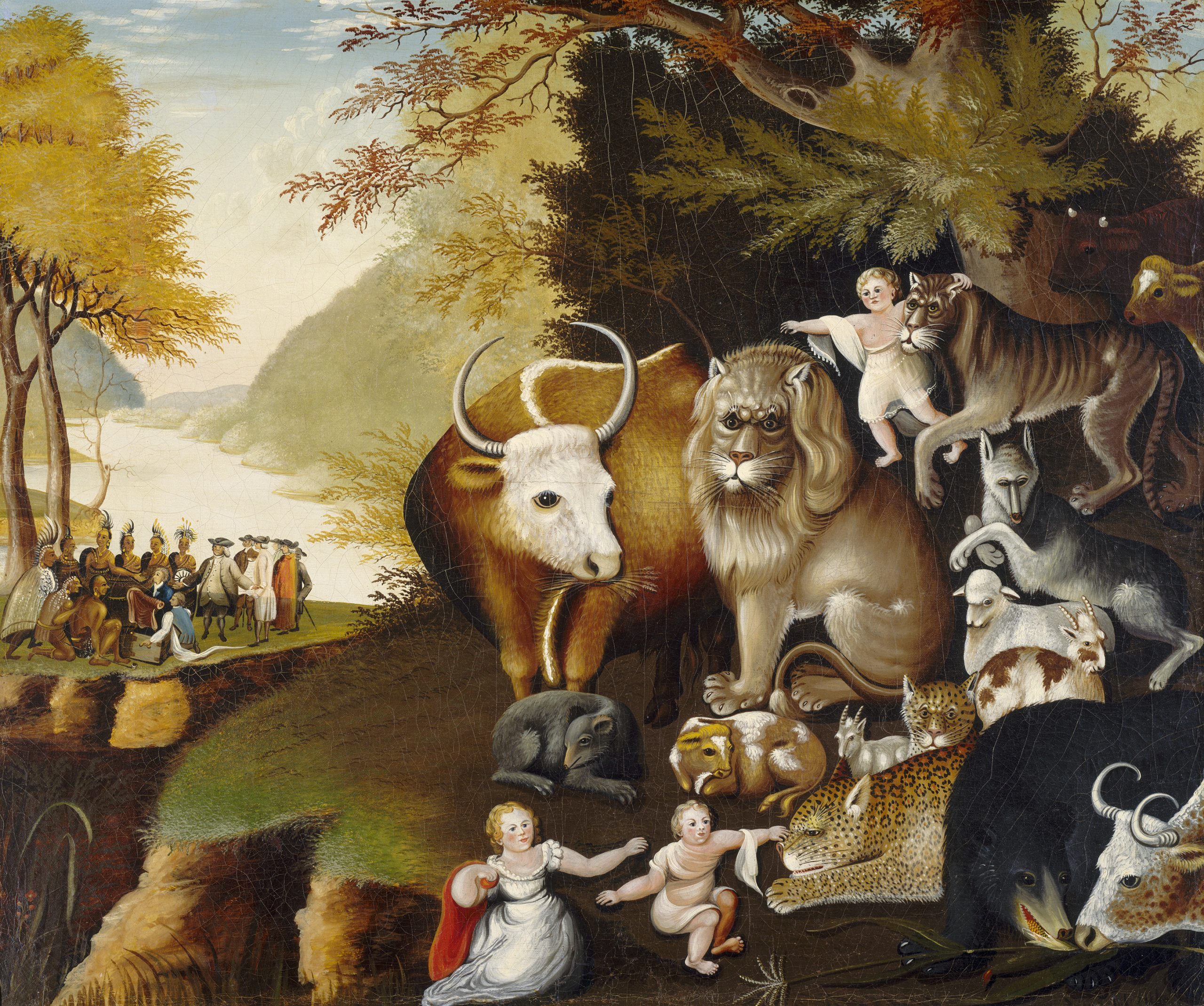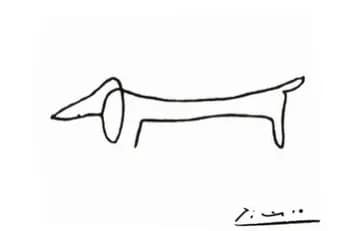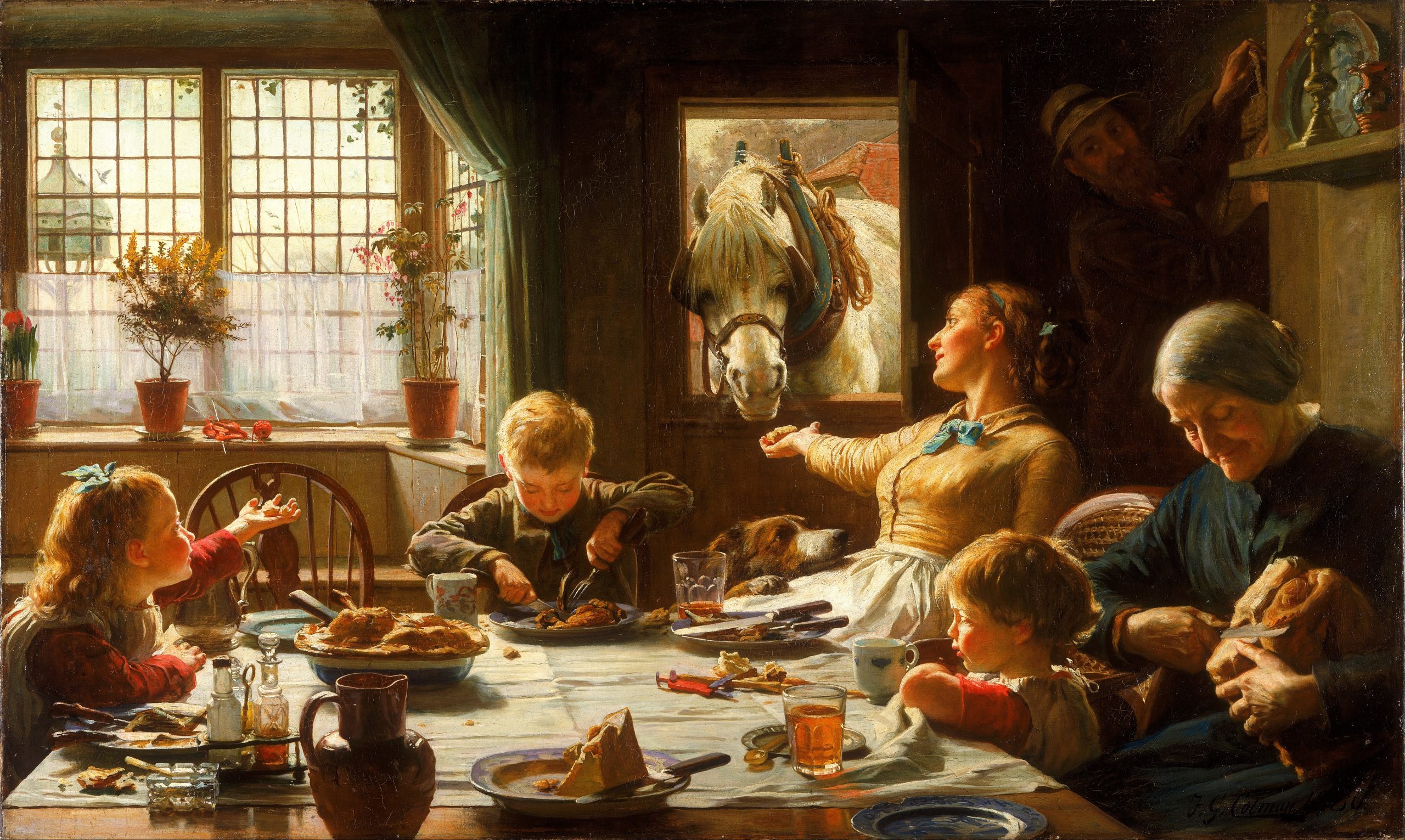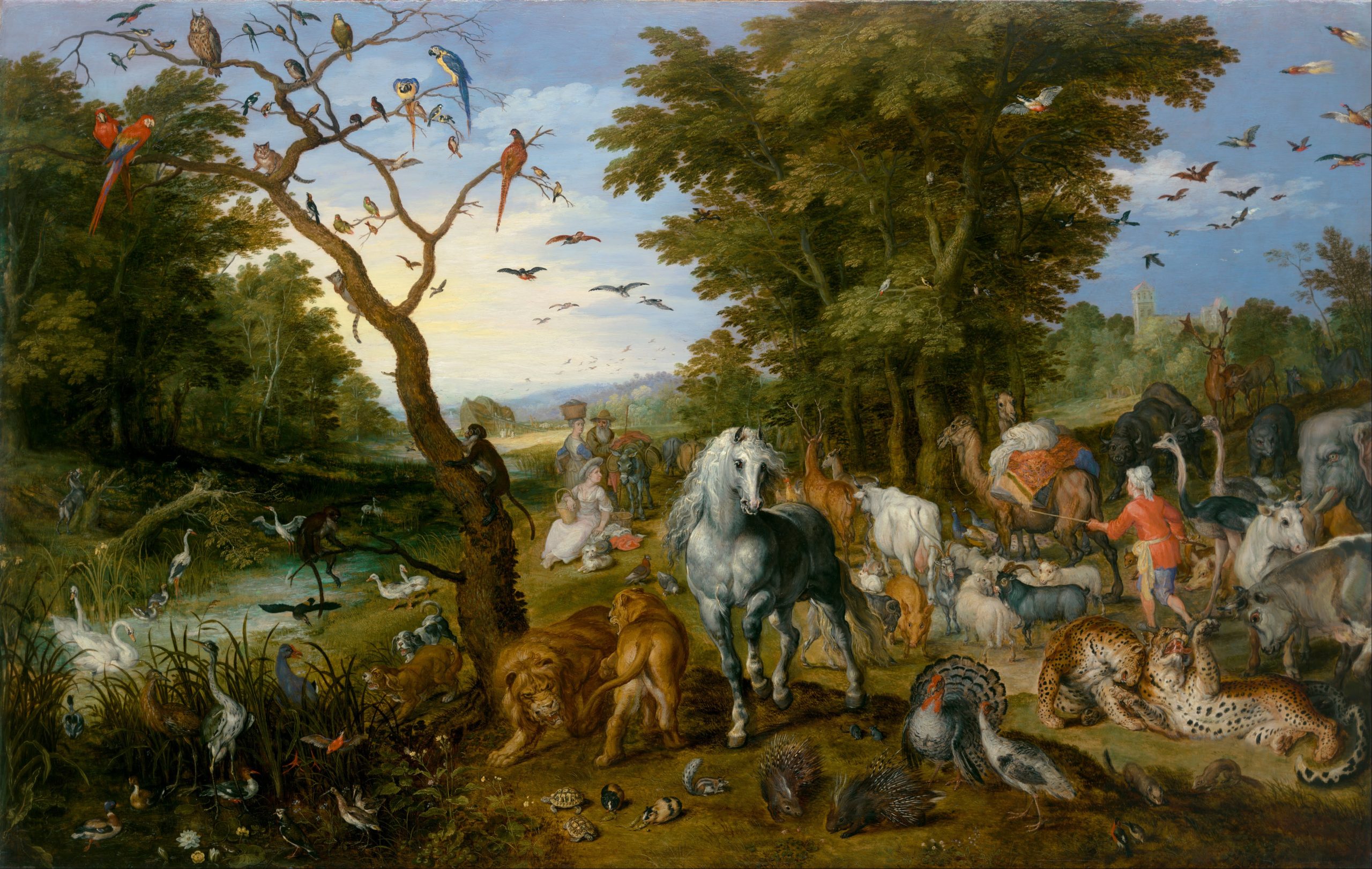Nebraska 🕊️ pic.twitter.com/g5U4z51VJB
— Lily Ziehmer (@LivinLikeLil) September 4, 2023
Category Archives: Animals
- Home
- Archive by category "Animals"

Animals 300
Kids raised right….
— Carissa (@njoyzgrl81) April 6, 2024
Today we scan the status of literature that informs the safety and sustainability of the built environment for animals large and small. Animals are found in education communities as pets. sporting partners, agricultural research and teaching settings, as medical research subjects and clinical care facilities. ANSI-Accredited standards developers with a footprint in this domain are listed below:
American Society of Agricultural and Biological Engineers
ASHRAE International
Institute of Electrical and Electronic Engineers
Animal Kingdom: A Large and Diverse Dataset for Animal Behavior Understanding
International Code Council
National Fire Protection Association
Underwriters Laboratories
Government agencies at all levels borrow from best practice recommendations in the catalog of the foregoing standards developers. Conversely, those same standards developers borrow from the best practice recommendations from the same government agencies.
Use the login credentials at the upper right of our home page.
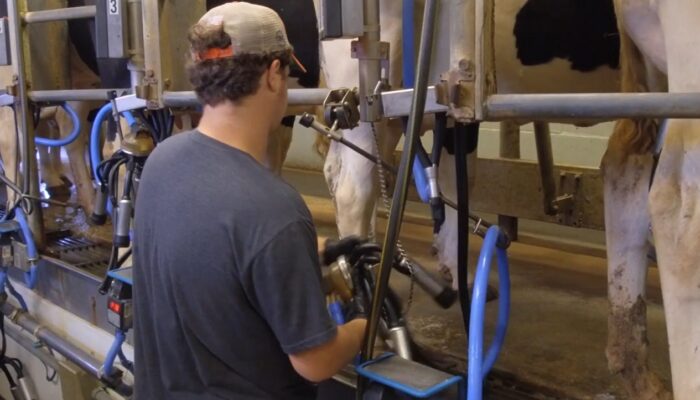
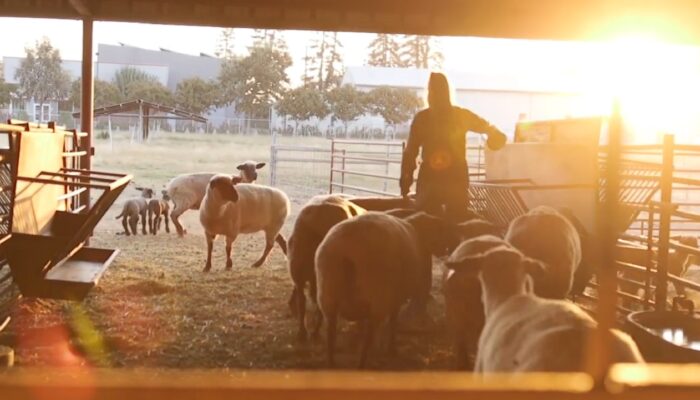
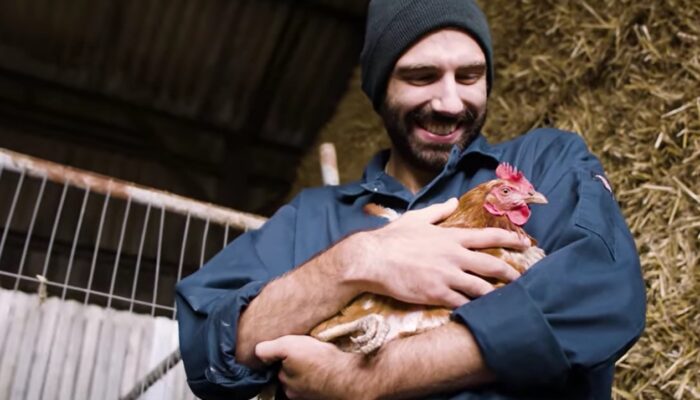
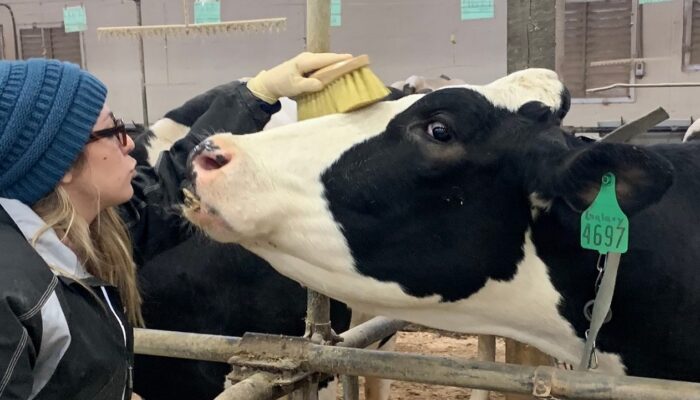
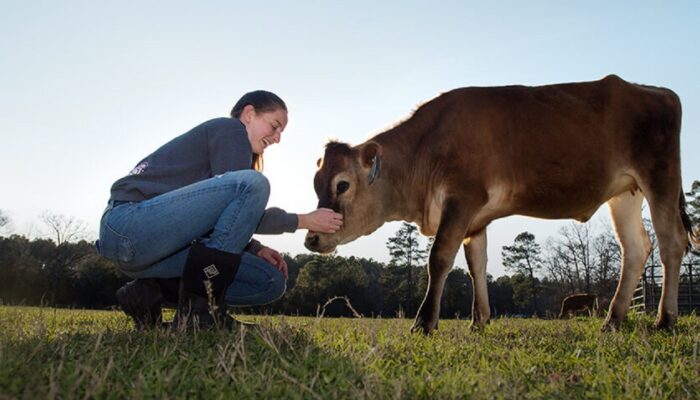
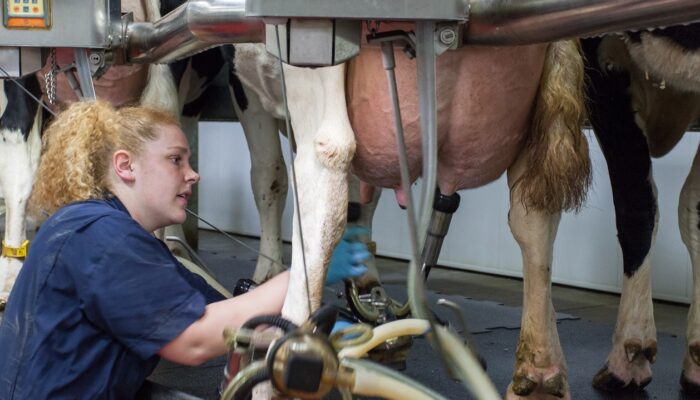
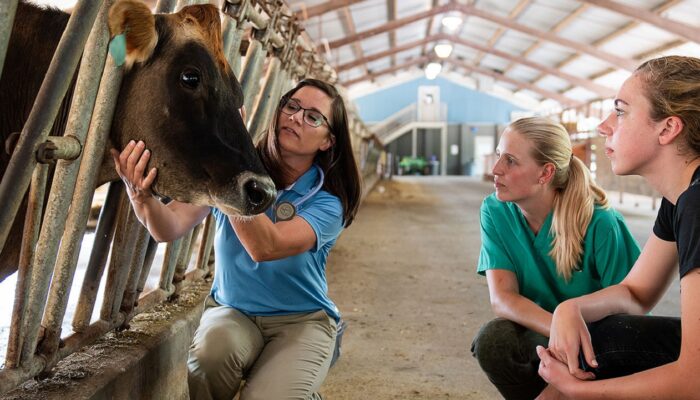
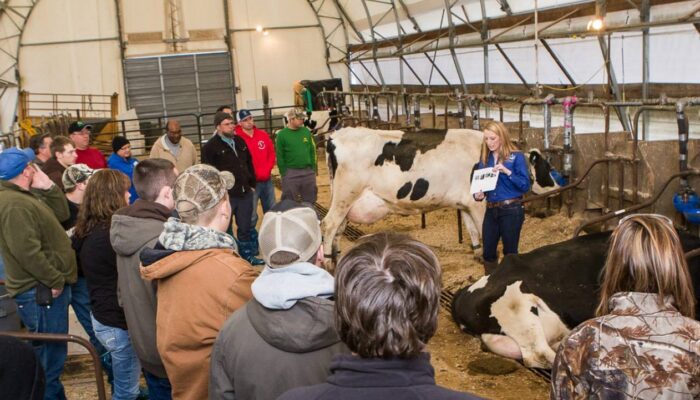
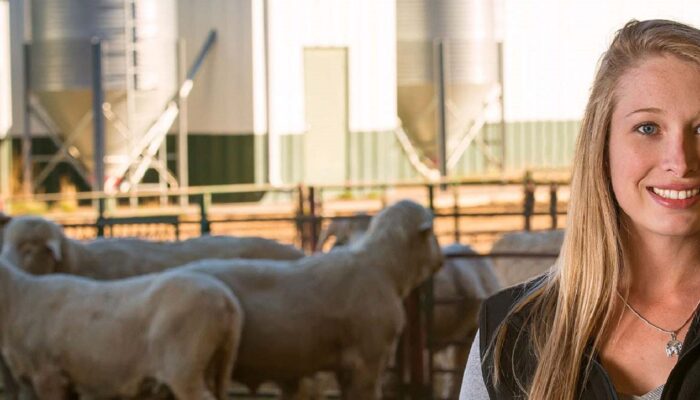
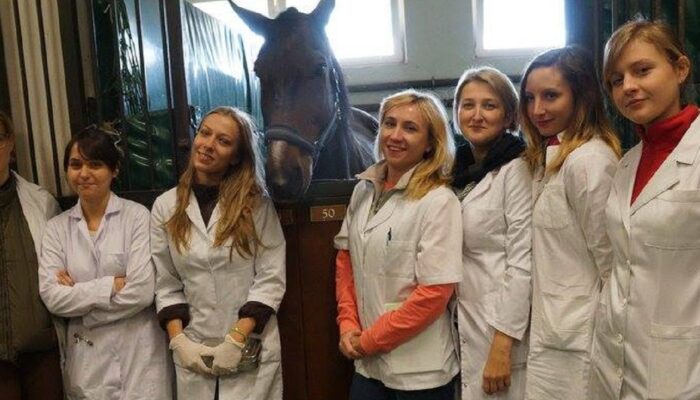
More
National Research Council: Guide for the Care and Use of Laboratory Animals
National Library of Medicine: Regulation of Animal Research
Most education communities use the foregoing regulations upon which to build their own standards. For example:
Boren Veterinary Medical Teaching Hospital
The Boren Veterinary Medical Teaching Hospital in Stillwater was named after David Boren, who played a significant role in securing funding for Oklahoma’s only animal medical research and clinical delivery facility during his tenure as the Governor of Oklahoma in the 1970s. An additional $250 million has been allocated by the state for upgrades and operational costs — essential for maintaining the program’s accreditation.
Standards Oklahoma | GHW Architect Tulsa | Manhattan Construction Oklahoma City
https://vethospital.okstate.edu/
Congratulations to the seven outstanding researchers from the OSU College of Veterinary Medicine who were named on the Stanford/Elsevier Top 2% Scientists List! We’re proud to celebrate their achievements! 🎉https://t.co/9R6z518v6z
— OKStateVetMed (@OKStateVetMed) May 1, 2025
Pros and Cons of Owning A Dog During College
Getting a dog during college can be an exciting thought for many students who are leaving home and are experiencing their first taste of true freedom; However, many young adults fail to consider the responsibilities and obligations that come with owning a dog while in school.
Apart from the necessity as companions for students with disabilities; consider the following:
Pros:
They can lead to decreased stress.
Dogs have the incredible ability to make you feel more relaxed and less stressed. A study actually found that when people took care of dogs for just three months, they showed significant drops in blood pressure and reactivity to stress. There’s no better feeling than coming home after a long day to your furry best friend who’s thrilled to see you.
They help motivate you to exercise.
Daily exercise is an essential part of a dog’s well-being and absolutely cannot be neglected. However, this requirement becomes mutually beneficial because it also ensures that you’re getting outside daily, intaking sunlight, and getting your own exercise. Even if you’re having a rough day and don’t feel like doing much, your dog will make sure that you go outside and get moving.
They make great companions if you live alone.
Dogs can be fantastic companions for students who choose to live alone. Living by yourself can be lonely. Your pet can serve as a companion to keep you occupied, as well as a solid guard dog when needed (or you can at least let them think they are).
Cons:
They require a time and patience.
If you’re thinking about getting a dog in college, be prepared to commit tons of time and attention to them. Training sessions will be vitally important in ensuring that your dog is potty-trained, can behave on a leash, and can be trusted around other dogs. You’ll also have to make time for vet appointments, play time, and letting them out on a consistent basis.
They can be expensive.
Dogs can be extremely expensive. Between vet bills, food, toys, and general dog supplies, the costs can quickly add up. Assessing your financial situation beforehand and determining whether or not now is the right time for you to get a dog, is absolutely essential.
They can cut into your social life; although can expand your social life with a starting point for common conversation with other dog lovers.
Like it or not, having a dog will cut into your social time with your friends. Staying out until 4 am on the weekends or being away from your house for 12 hours at a time is no longer feasible when your pet is waiting for you at home. Plan to make arrangements to fit your dog’s needs, which may mean missing out on social activities from time to time.
Readings
University of Michigan: Animals on Campus
North Central Michigan College
It sure looks 👀 different around @EastCarolina and CET this week. ➡️https://t.co/pPRZ35XhMw pic.twitter.com/niXow6C8rI
— ECU Engr&Technology (@ECUCET) March 5, 2024
Animal Safety
NFPA 150 Fire and Life Safety in Animal Housing Facilities Code has entered its s025 revision cycle. Many education communities are responsible for animal safety in academic units, research enterprises. museums and even — as in the United Kingdom — large farm animals that wander freely on campus with students, faculty and staff. The number of colleges and universities that permit students to live with their pets has expanded; and with it the responsibilities of university administration.
From the document scope:
This standard shall provide the minimum requirements for the design, construction, fire protection, and classification of animal housing facilities. The requirements of NFPA 150 recognize the following fundamental principles:
(1) Animals are sentient beings with a value greater than that of simple property.
(2) Animals, both domesticated and feral, lack the ability of self-preservation when housed in buildings and other structures.
(3) Current building, fire, and life safety codes do not address the life safety of the animal occupants. The requirements found in NFPA 150 are written with the intention that animal housing facilities will continue to be designed, constructed, and maintained in accordance with the applicable building, fire, and life safety codes.
The requirements herein are not intended to replace or rewrite the basic requirements for the human occupants. Instead, NFPA 150 provides additional minimum requirements for the protection of the animal occupants and the human occupants who interact with those animals in these facilities.
A full description of the project is linked below:
Fire and Life Safety in Animal Housing Facilities Code
Access to the 2025 Edition is linked below:
We provide the transcript of the back-and-forth on the current 2022 edition to inform how education communities can contribute to the improvement of this title; a subject that stirs deep feelings about animal safety in research enterprises.
We contribute to NFPA 150: SAFETY IN ANIMAL HOUSING FACILITIES https://t.co/PxSznGDGw1 #TotalCostofOwnership pic.twitter.com/BmJ0HgvpQ3
— Standards Michigan (@StandardsMich) March 9, 2016
Public comment on the Second Draft of the 2025 Edition will be received until March 27, 2024.
We have been advocating risk-informed animal safety concepts in this document since the 2013 Edition and have found that it is nearly impossible to overestimate the sensitivity of educational communities to the life safety of animals — either for agriculture or medical research.
We maintain the entire NFPA catalog on the standing agenda of our Prometheus colloquia. See our CALENDAR for the next online meeting; open to everyone.
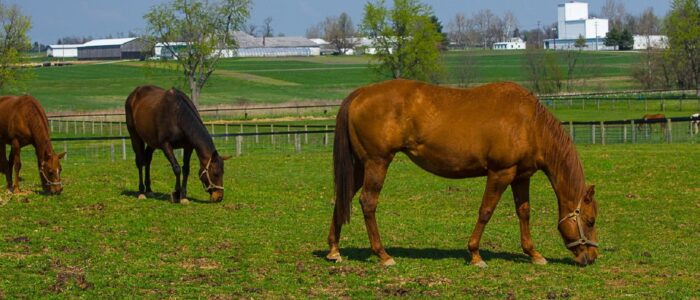
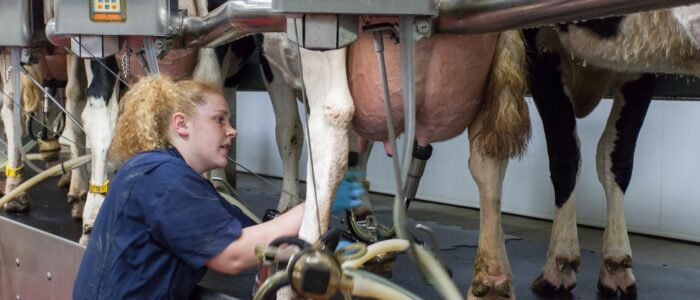
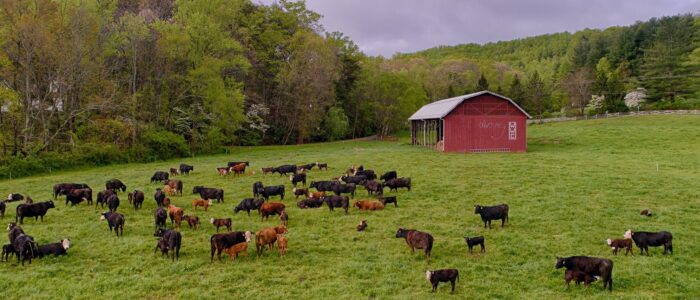

Kids raised right….
— Carissa (@njoyzgrl81) April 6, 2024
Issue: [11-1] and [19-5]
Category: Fire Protection, Facility Asset Management, Academic, Risk Management
Colleagues: Mike Anthony, Josh Elvove, Joe DeRosier
More:
”Create in me a pure heart, O God, and renew a steadfast spirit within me.„ Psalms 51:10
Have a blessed Sunday all who feed humanity! #dairy #beef … pic.twitter.com/BG68A4Sn5h— Ion Moraru 🇺🇦 (@IonMoraruDairy) February 18, 2024
‘Tension and Uncertainty’: How a diverse technical committee rife with opposing viewpoints created the new NFPA 150 https://t.co/sqam82C0G7 pic.twitter.com/BvcveX6dwM
— NFPA (@NFPA) December 31, 2018
Bibliography:
National Institute of Health: Policy on Humane Care and Use of Laboratory Animals
International Building Code: Section 304 (Business Group B): Animal hospitals, kennels and pounds
Terrestrial Animal Health Code
IEEE Guide for Animal Deterrents for Electric Power Supply Substations
IEEE Livestock Monitoring System
Ventilation Design Handbook on Animal Research Facilities
HVAC Design in Animal Facilities
USDA Animal Welfare Information Center
US Department of Agriculture: Animal Welfare Act and Animal Welfare Regulations
S. 4288: Reducing Animal Testing Act
Protecting Animals When Disaster Strikes
Morning Dog Walk
Financial Statement 2024: C$1.411B
Walking the Dog
— Billy Collins
Two universes mosey down the street
Connected by love and a leash and nothing else.
Mostly I look at lamplight through the leaves
While he mooches along with tail up and snout down,
Getting a secret knowledge through the nose
Almost entirely hidden from my sight.
We stand while he’s enraptured by a bush
Till I can’t stand our standing any longer
And haul on the leash to bring him away.
He lives in the moment, which is good for him,
But when I see a stone wall, I think of Greece,
The sort of place he’d have a lot to say about—
The sniffable pots and broken statues,
The seas, the Ionic evenings all in a row.
But he just gives a yelp and comes running over
To smell my palm, and what can I do but
Smile and bend down to give him a hello?
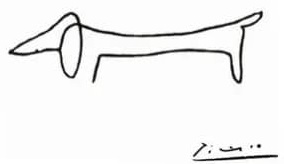
Congrats on earning your bark-elor’s degree 🐾 🎓 pic.twitter.com/X35yiNPOer
— York University (@YorkUniversity) June 13, 2025
York University Facilities Services
Animal domestication
In partnership with @Yeatssocietyirl, we are hosting a special virtual event to mark the 100th anniversary of the #poem ‘The Second Coming’ by WB #Yeats. Join us on Friday, 13 Nov at 7pm for an evening of discussion and #poetry readings.
🎟️ Register now: https://t.co/gfU24AEFGz pic.twitter.com/zDbzLjslL5
— National Library of Ireland (@NLIreland) November 5, 2020
Related:
Krían í vanda
UNESCO mun mæla með námskeiði í umhverfis- og auðlindafræði við Háskóla Íslands um hafið og sjálfbærni í tengslum við Áratug hafsins á vegum stofnunarinnar.
👇https://t.co/SgFdRNVgxT pic.twitter.com/WZXTH5YMDZ— Háskóli Íslands (@Haskoli_Islands) October 23, 2024
🧸🩹Fyrir um 14 árum kom Guðrún Edda Min Harðardóttir með bangsann sinn til skoðunar á Bangsaspítala læknanema í HÍ. Nú um helgina var hún hinum megin við borðið og hlúði að fársjúkum böngsum og dúkkum á spítalanum sem fyrsta árs læknanemi.https://t.co/wZLPthMi2K pic.twitter.com/aYl1YrE1pb
— Háskóli Íslands (@Haskoli_Islands) September 16, 2024
New update alert! The 2022 update to the Trademark Assignment Dataset is now available online. Find 1.29 million trademark assignments, involving 2.28 million unique trademark properties issued by the USPTO between March 1952 and January 2023: https://t.co/njrDAbSpwB pic.twitter.com/GkAXrHoQ9T
— USPTO (@uspto) July 13, 2023
Standards Michigan Group, LLC
2723 South State Street | Suite 150
Ann Arbor, MI 48104 USA
888-746-3670


